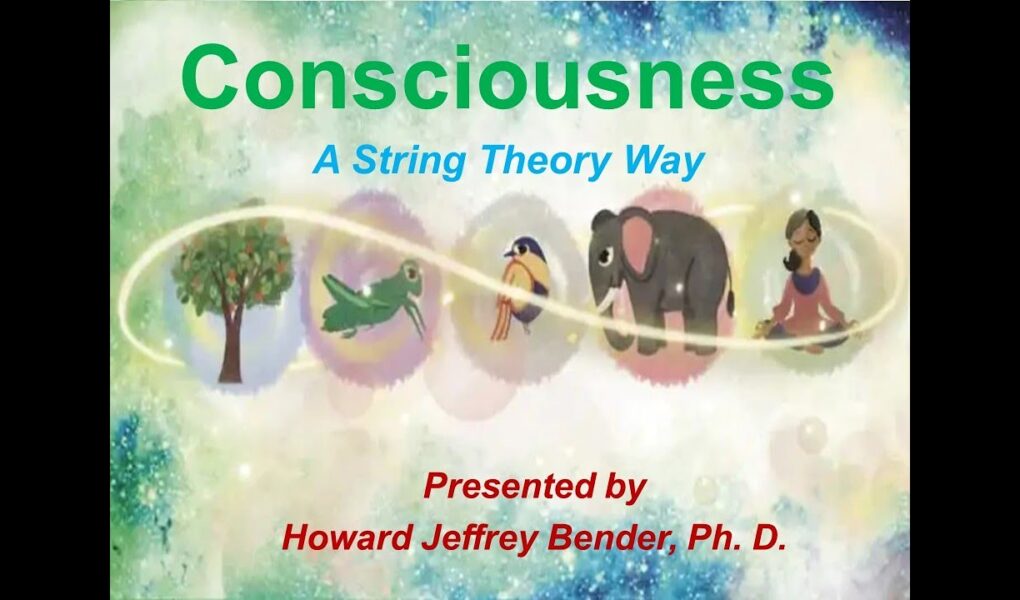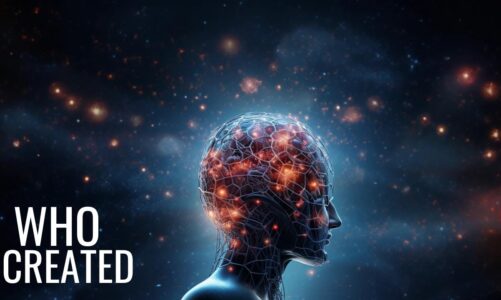Howard Jeffrey Bender
What is consciousness? Everyone has it, so why don’t we know what it is? Scientists have a lot of trouble dealing with unseen phenomena like consciousness. Many people think it’s more like an emotion or even a philosophy. Unlike the physical sciences where a theory can be quickly discarded as experiments are repeated, unseen phenomena are more a person’s opinion. Nobody can say for certain who’s right – it’s just an opinion. And everyone has an opinion.
Source
Consciousness – A String Theory Way




So are you suggesting the Earth is not a living thing? The Sun is not a living thing. Friend you are teaching the toe in the water approach to Quantum Physics but holding on to Cartesian logic for dear life as if that is what will save you from the scary waters of having to accept that atoms colliding in CERN's Hadron collider make a conscious choice every single time. Are they living things to you? Probably not and by the way Quantum Physics has its own math, so its not just a philosophy. Goodbye.
Explain consciousness with string theory? Give two hypothesis and nothing else
Hypothesis 1: Consciousness as a Product of String Vibrations
Hypothesis 2: Information Processing via String Network Interactions
ChatGPT
It's becoming clearer that with all the brain and consciousness theories out there, the proof will be in the pudding. By this I mean, can any particular theory be used to create a human adult level conscious machine. My bet is on the late Gerald Edelman's Extended Theory of Neuronal Group Selection. The lead group in robotics based on this theory is the Neurorobotics Lab at UC at Irvine. Dr. Edelman distinguished between primary consciousness, which came first in evolution, and that humans share with other conscious animals, and higher order consciousness, which came to only humans with the acquisition of language. A machine with primary consciousness will probably have to come first.
The thing I find special about the TNGS is the Darwin series of automata created at the Neurosciences Institute by Dr. Edelman and his colleagues in the 1990's and 2000's. These machines perform in the real world, not in a restricted simulated world, and display convincing physical behavior indicative of higher psychological functions necessary for consciousness, such as perceptual categorization, memory, and learning. They are based on realistic models of the parts of the biological brain that the theory claims subserve these functions. The extended TNGS allows for the emergence of consciousness based only on further evolutionary development of the brain areas responsible for these functions, in a parsimonious way. No other research I've encountered is anywhere near as convincing.
I post because on almost every video and article about the brain and consciousness that I encounter, the attitude seems to be that we still know next to nothing about how the brain and consciousness work; that there's lots of data but no unifying theory. I believe the extended TNGS is that theory. My motivation is to keep that theory in front of the public. And obviously, I consider it the route to a truly conscious machine, primary and higher-order.
My advice to people who want to create a conscious machine is to seriously ground themselves in the extended TNGS and the Darwin automata first, and proceed from there, by applying to Jeff Krichmar's lab at UC Irvine, possibly. Dr. Edelman's roadmap to a conscious machine is at https://arxiv.org/abs/2105.10461
Your suggestion of string resonance with specialized subcellular protoplasmic tendrils is exciting. Might Brownian motion be a better explanation?
I'll read your book first then let's chat, ok. I and you think alike and I do agree to Penrose and hameroff too. It would be most interesting if the greatest proof of strings and gravity are in life. That was my thought inb1985. Thank you. Robert